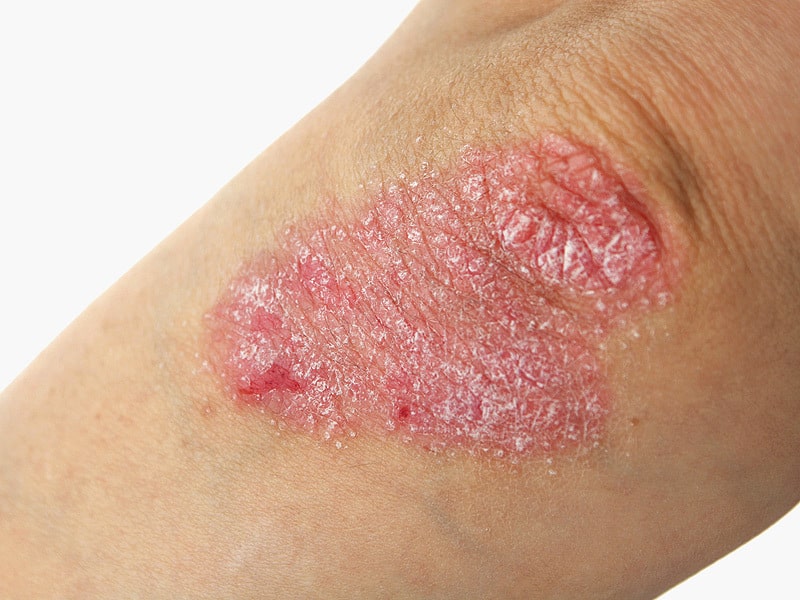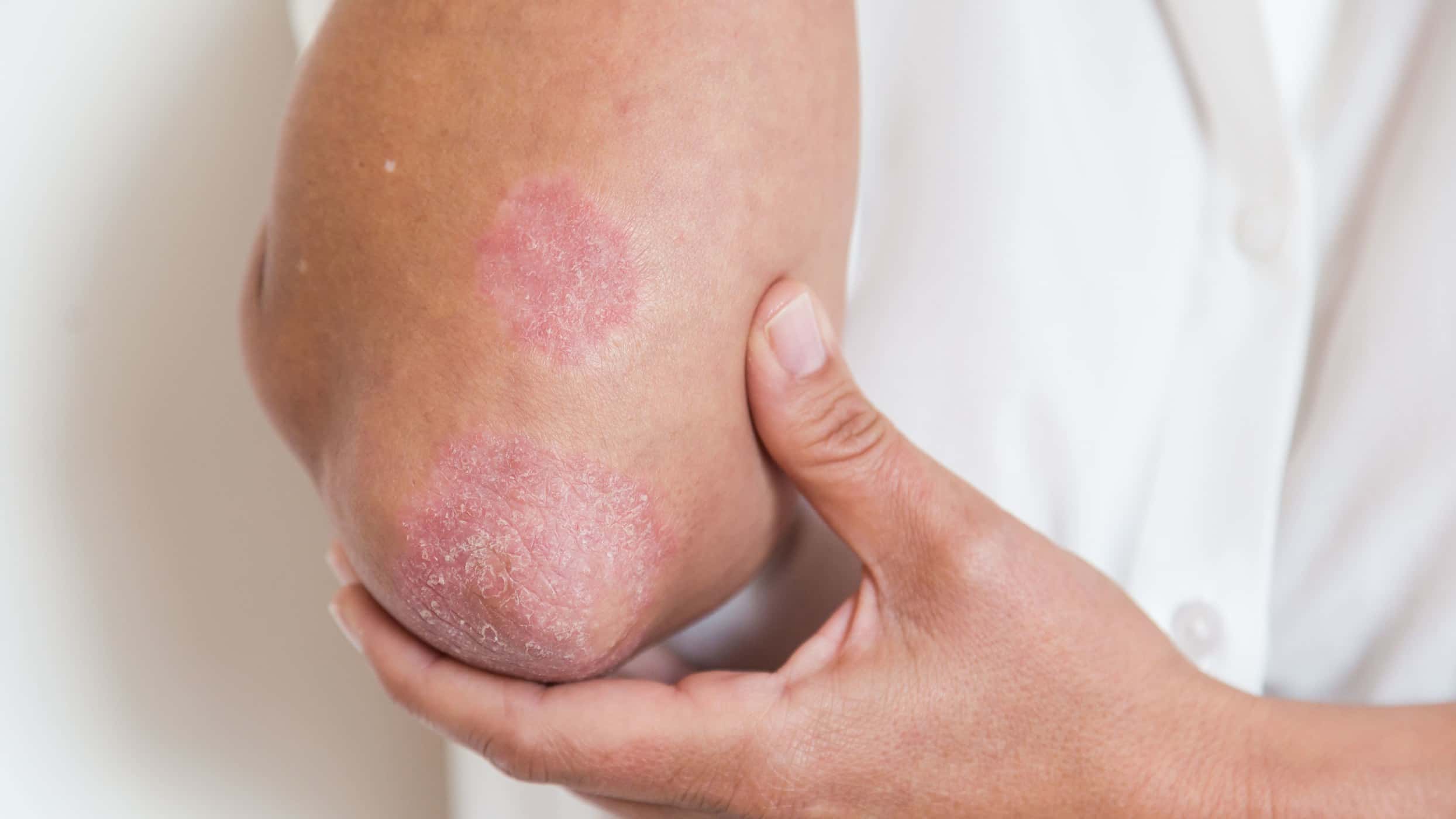Contents:
- Medical Video: Prolapse and Exercise: To Do, and To Avoid!
- What is sagging vaginal syndrome?
- How can the vagina relax?
- Who is at risk for sagging vaginal syndrome?
- What treatments can be taken to improve the sagging vagina?
- 1. Laser
- 2. Hormone therapy
- 3. Kegel Gymnastics
Medical Video: Prolapse and Exercise: To Do, and To Avoid!
After giving birth or entering menopause, many women worry about their reproductive health. One of the complaints that appears include vaginal slacking. This complaint is also known as sagging vaginal syndrome (vaginal relaxation syndrome).
Usually this condition is characterized by loss of sexual desire, difficulty getting sexual pleasure or orgasm, and in some cases women will experience urinary incontinence which is difficult to control the rate of urine.
READ ALSO: Urinary Incontinence: When Adults Can't Hold Urination
If you experience these signs, you may have a condition of sagging vaginal syndrome. This syndrome can be cured and in most cases it is not harmful. To find out more about sagging vaginal syndrome, read on.
What is sagging vaginal syndrome?
Sagging vaginal syndrome is a condition in which the walls, muscles, and vaginal tissue are weakened. The vagina cannot contract as usual. This is what makes the vagina feel tight, so it becomes more loose. This syndrome is not a disease, but a medical condition.
READ ALSO: 4 Simple Gymnastics to Tighten the Vagina
How can the vagina relax?
In most cases, this condition occurs because the vaginal wall stretches too wide due to normal labor. However, usually the vagina will slowly return to its original shape. Sagging vaginal syndrome can also be experienced by women who are elderly or enter menopause. In menopausal or elderly women, the vaginal wall is thinned due to lack of collagen levels and the hormone estrogen. As a result, the vaginal wall that should remain tight and elastic becomes slack. Usually if caused by this aging process, the vagina will also feel drier.
READ ALSO: 5 Causes You Have Dry Vagina
Although very rare, usually sagging vaginal syndrome can also be one symptom of various diseases. A disease that is usually characterized by vaginal loosening is pelvic organ prolapse disease. Other symptoms that may indicate this disease are the presence of pressure in the pelvis or vagina, pain during sex, lumps in the vaginal opening, and difficulty defecating.
Who is at risk for sagging vaginal syndrome?
This syndrome can be experienced by anyone, regardless of the age of a woman. However, there are several risk factors that increase your chances of experiencing sagging vaginal syndrome. These factors include:
- Have already undergone a normal labor (through the vagina) for many times
- Age over 48 years
- Hormone (genetic) abnormalities
- Premature aging
- I've had pelvic surgery
- Drastic changes in body weight
READ ALSO: Like What Is Normal and Healthy Vaginal Shape?
What treatments can be taken to improve the sagging vagina?
To find out if you really experience sagging vaginal syndrome, you need to see a doctor. After being diagnosed with the syndrome, there are several treatment options that you can choose from. The treatment you live with can usually be considered according to the seriousness of your condition and various personal reasons. Check out the various treatments below.
1. Laser
A relaxed vaginal condition can be restored with a vaginal rejuvenation procedure. In this procedure, a laser directed at the vagina will trigger the growth and repair of collagen. The vagina will become more tight.
2. Hormone therapy
If the syndrome is caused by abnormalities or hormonal changes, you may be advised to undergo hormone therapy. Usually this therapy is aimed at patients who are in menopause or are elderly.
READ ALSO: 9 Diseases That Stalk Women After Menopause
3. Kegel Gymnastics
Gymnastics is intended to train the pelvic muscles. By tightening the pelvic floor muscles, the vaginal area becomes tighter. Women who have normal birth are recommended to undergo Kegel exercises to restore vaginal youth. Gymnastics is done by holding back the contraction of the pelvic muscles (the muscles used to hold the urine) for a few seconds.
READ ALSO: Sundries Kegel Exercises to Improve Sex Quality












